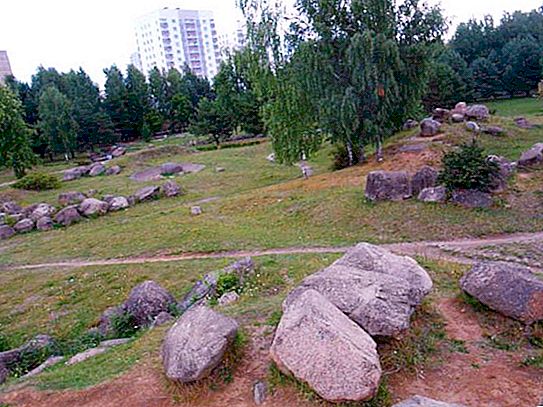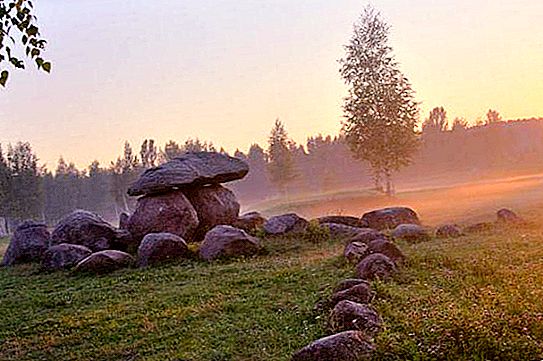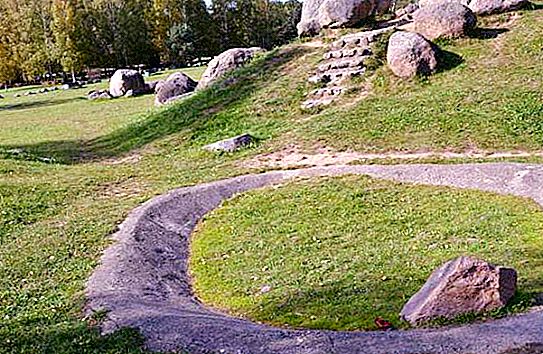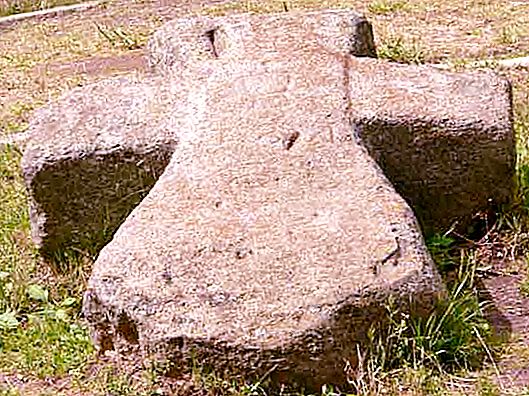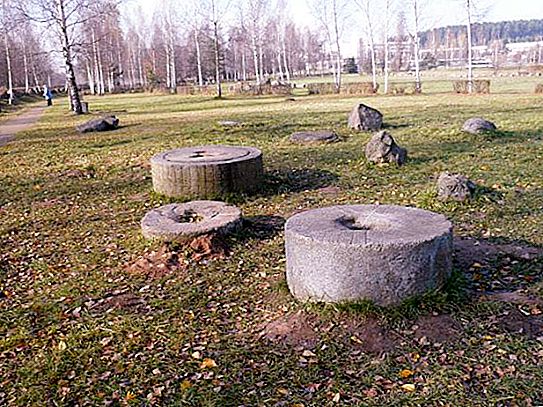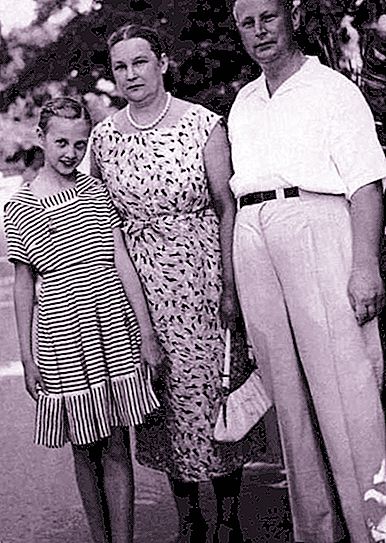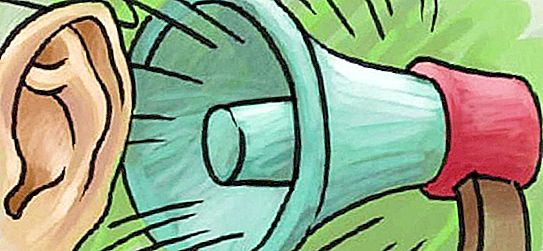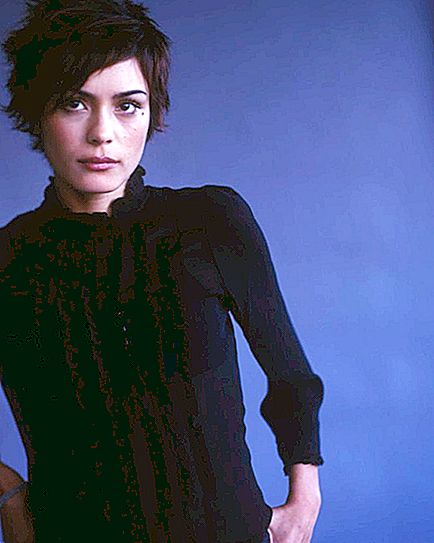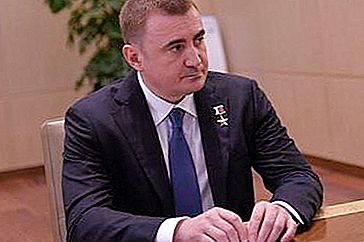In the countries of the former USSR you can find the most unexpected museums. Some of them were created by enthusiasts to preserve a heritage contrary to the state’s domestic policy. In Belarus, many stone artifacts were saved from destruction by collecting them in one place and organizing an open-air museum of boulders.
Historical value
In the Belarusian tradition, stones are especially treated. The country’s territory is located in the place where a glacier passed several million years ago and brought with it many boulders. Over the millennia, metamorphoses occurred with stones, they influenced the formation of the area, and with the advent of people they began to grow in myths and legends. It is now difficult to understand whether stones helped people or people themselves endowed them with the power of fulfilling desires or healing. But today in Belarus there are beliefs associated with stones, their special properties, and many people resort to the help of stone magic.
The Soviet government did not have respect for the stones, with which Belarusians have associated centuries-old traditions. In the 30s, they were simply blown up, so many famous Boris stones, where Christian symbols were inscribed, went into oblivion, many worship artifacts were destroyed, stones-investigators on which in some unknown way formed depressions similar to a footprint. In Belarus, almost all large boulders have their own name: Kravets, Demyan da Marya, the Great Stone, the Holy Stone and many others.
History of creation
The stones were of historical and scientific interest, so we decided to collect the most valuable specimens from all over the country and place them in Minsk in the open. Under the patronage of the Academy of Sciences of the BSSR in 1975, an expedition was created that worked for five years. A total of 2134 boulders were collected, they were brought to Minsk and the creation of the museum began.
The place where they decided to found it in 1985 represented the swampy outskirts of the city. The swamp was drained, land work was carried out to form the terrain. Under the open halls of the museum, about 7 hectares of the territory located between Akademgorodok and the metropolitan area Uruchye-2 are allotted. In 1989, the Museum of Boulders in Minsk received the status of a natural monument of national importance.
Museum Description
As in a regular museum, an open-air exhibition consists of halls, there are only six of them:
- “Map of Belarus”, the central hall of the museum.
- "Nourishing Provinces", the hall is dedicated to the place of formation of the glacier, which brought boulders to Belarus.
- "Boulders Alley."
- "Forms of boulders."
- "Petrographic collection."
- "A stone in human life."
The entire collection of museum exhibits demonstrates the diversity of geological formations, is of educational interest to a wide range of curious sightseers, geology students and ethnographers. Exhibition halls also serve as a park where children play with pleasure and adults spend time.
Map of Belarus
The Museum of Boulders is conceived as a landscape park, where the main characters were unusual representatives of nature. The most famous composition in the collection is “Map of Belarus”. On the territory of more than 4 hectares, using stones, they created a map of the country. Groups of massive boulders denote large settlements, regional centers are marked with blue spruce. On the map, except for places of residence of people, the topography of the area is taken into account. The hollows with concrete rim represent the most famous reservoirs: the healing lake Naroch and the Zaslavsky reservoir.
The loose hills on the man-made map indicate two famous highlands of Belarus - Lysaya and Dzerzhinsky mountains. On tops are compositions of stones. The map was created on a scale of 1: 2500 km. All boulders located in the space of miniature Belarus come from the places they designate. This hall occupies more than half of the entire territory given over to the museum of boulders. The stone park in Minsk, according to the authors, was supposed to be filled with fossil animals made of concrete, but the idea was not realized due to lack of funding.
Artifacts
On the territory of the exhibition complex, stone relics were collected, which the people endowed with remarkable magic properties. The Museum of Boulders invites you to get acquainted with the famous stone "Grandfather". He was an object of attraction for several generations of people who came to him for the fulfillment of their desires. At the beginning of the last century, it was the center of a pagan temple, located near Minsk. Overseers under him consisted of two generations of priests, father and son. The rituals around the "Grandfather" were performed on the banks of the Svisloch River under the canopy of an ancient mighty, in four girths, oak.
In the hall “Stone in a person’s life” you can see stone crosses in detail. One of them, carved from pink granite, was brought from excavations carried out at a medieval burial ground. In the center of the cross there is an image of a knight, and in the lower part there is an inscription RSB. According to historians and archaeologists, the letters designate the name of Stephen Batory, the Polish king. In ancient times, crosses were considered life-giving, people flocked to them, begging for health and happiness.
The stone millstones used to make flour belong to this exposition. Lovers of ancient Slavic runes will be interested in boulders with inscriptions, you can also see “Borisov stones”, on which, according to legend, crosses and inscriptions were carved by order of Tsar Boris Vseslavich.
Reviews
Visitors to the museum-park of boulders in Minsk speak of the time spent in it as a pleasant and useful event. Almost everyone notes the originality of the idea, which collected artifacts in one place. The large territory of the park zone is equipped with benches, the territory is well-groomed, and the exhibits themselves are of educational interest. On the exhibition area you can meet students who came on nature excursions. Often there are university students in the halls who decide to study geology in detail using examples collected in a single museum of boulders. Site address: Minsk, Uruchye microdistrict, Kuprevich street, 7.
From negative reviews, it becomes clear that the exposition lacks guides and signs explaining the origin, uniqueness and history of the stones. Infrastructure in the form of common areas, there are no tents with food. Of the tips that were most often sounded for those who were interested in visiting the museum, the main thing is preliminary preparation. It is worth reading information about what is on display, stock up on food and only after that it will be possible to fully appreciate the museum of boulders in Minsk. Opening hours are not limited, there are no walls and caretakers, the entrance for everyone is free 24 hours a day.
